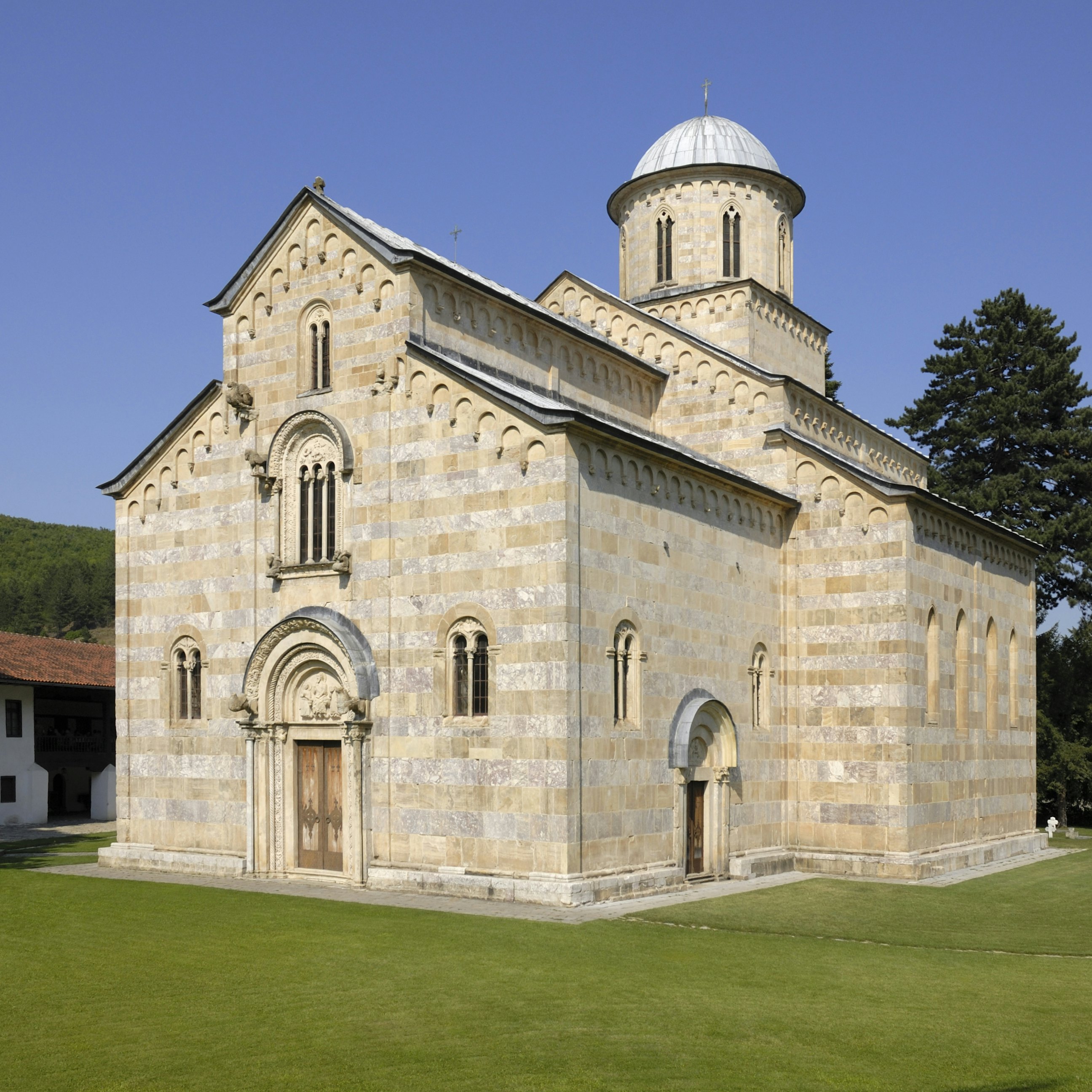

Overview
Europe's newest country, Kosovo is a fascinating land at the heart of the Balkans rewarding visitors with welcoming smiles, charming mountain towns, incredible hiking opportunities and 13th-century domed Serbian monasteries brushed in medieval art – and that's just for starters.













